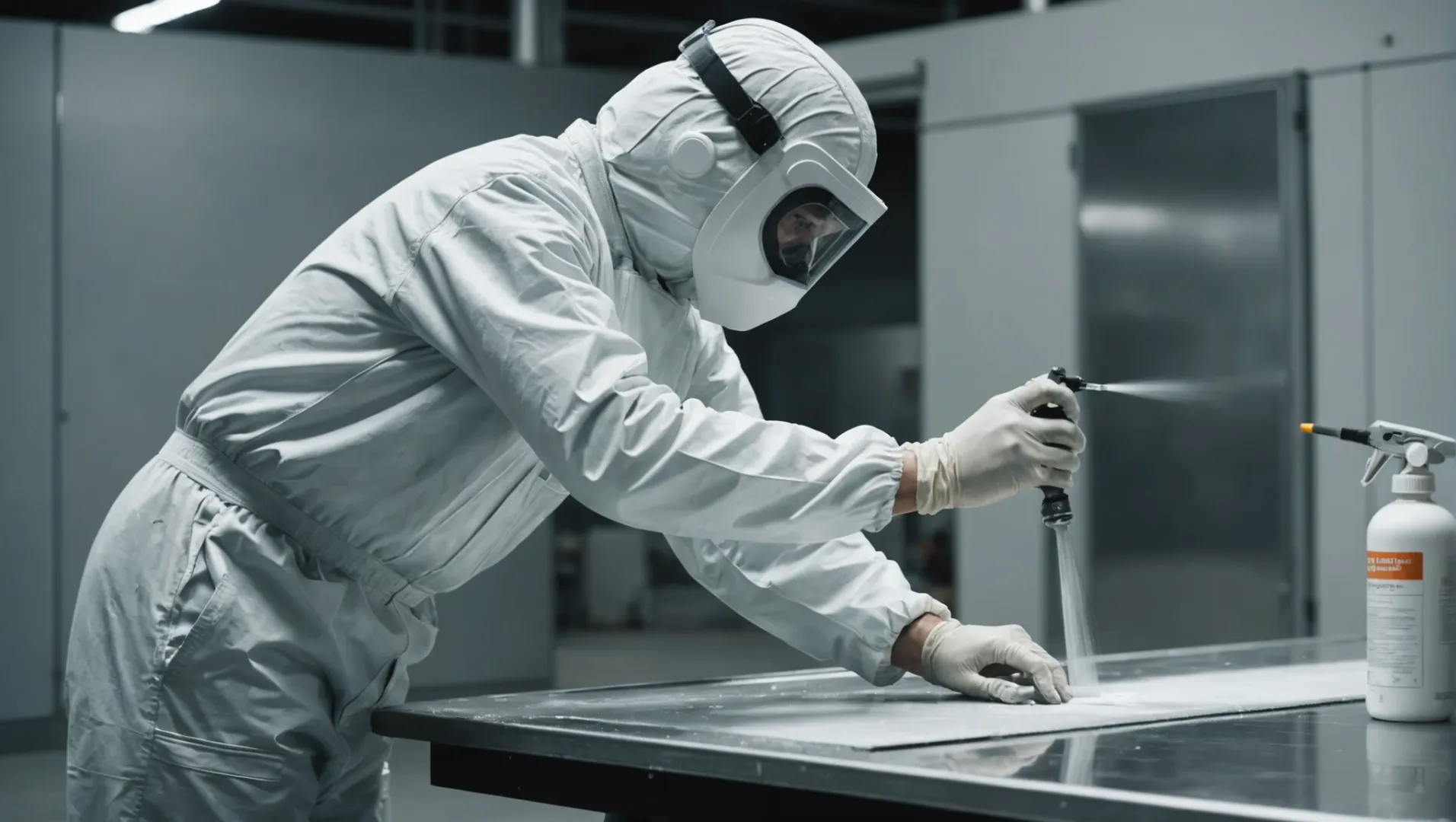
Have you ever wondered what makes paint so vibrant and long-lasting? Let’s dive into the fascinating world of titanium dioxide, the superstar ingredient that’s transforming the paint industry.
Titanium dioxide is a powerhouse ingredient in the paint industry, providing brilliance and resilience to coatings worldwide. Its superior ability to increase opacity and whiteness while enhancing durability makes it integral to products ranging from latex to automotive paints.
This introduction barely scratches the surface of titanium dioxide’s vast applications. Join me as we explore how this remarkable pigment influences various types of paints, addresses safety concerns, and impacts costs.
[claim claim=”Titanium dioxide enhances paint durability.” istrue=”true” explanation=”TiO₂ increases resistance to UV degradation, prolonging paint life.”]
What Role Does Titanium Dioxide Play in Latex Paints?
Unveiling the science behind latex paints, titanium dioxide emerges as the unsung hero, offering unparalleled opacity and brilliance.
Titanium dioxide acts as a primary pigment in latex paints, enhancing opacity, brightness, and durability. Its ability to reflect light ensures that fewer coats are needed, making it cost-effective and efficient for widespread architectural applications.
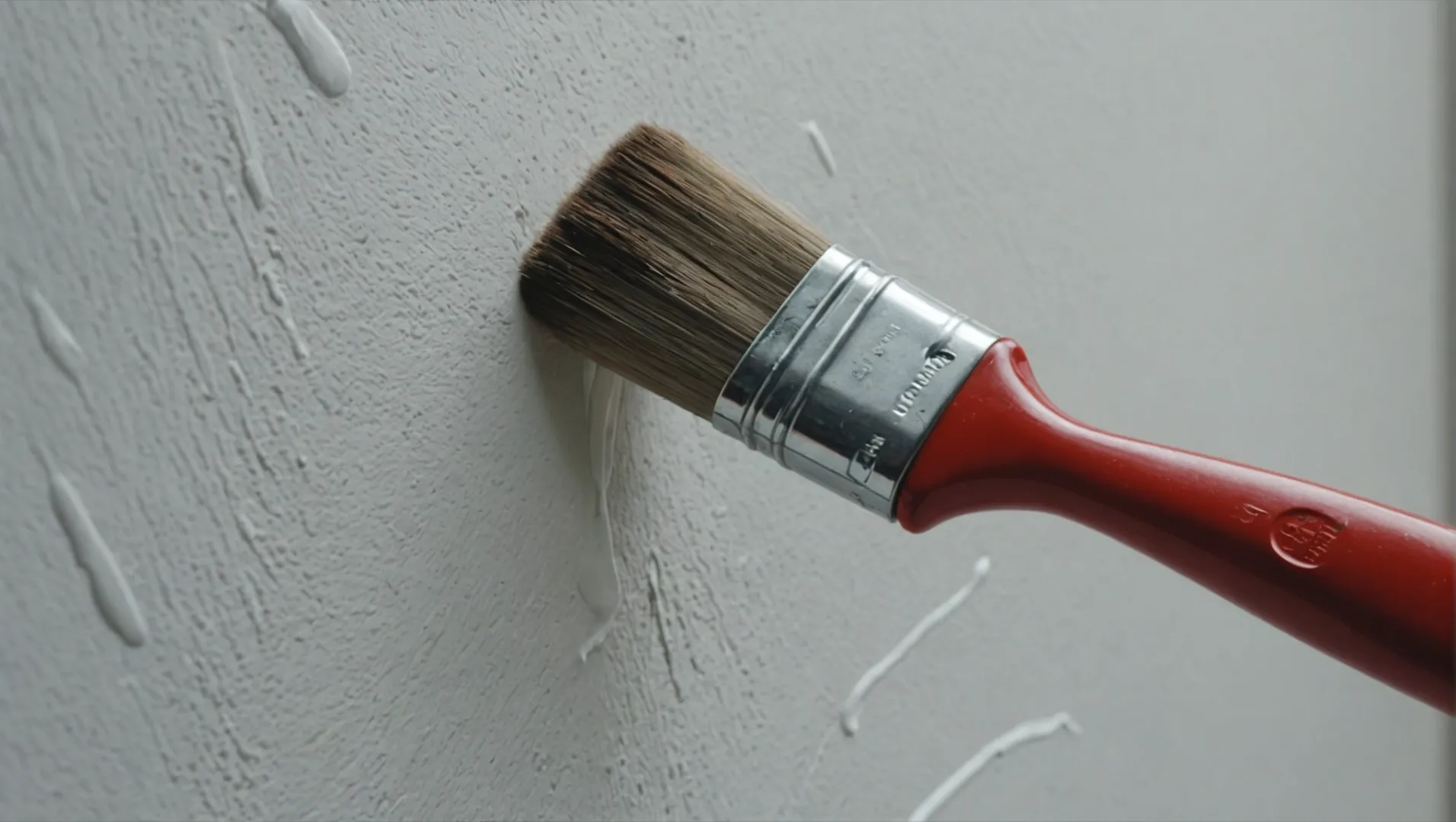
The Science Behind Titanium Dioxide in Paints
Titanium dioxide (TiO₂) is a white pigment widely used for its ability to scatter light, providing excellent coverage and brightness. In latex paints1, it serves multiple purposes:
- Opacity: TiO₂ significantly increases the paint’s opacity, allowing for fewer layers to achieve full coverage. This is particularly beneficial in architectural applications where efficiency and economy are paramount.
- Brightness: The pigment’s high refractive index gives latex paints their vivid white color and brightness, enhancing aesthetic appeal.
- Durability: TiO₂ contributes to the paint’s resistance to weathering and UV degradation, prolonging the life of the coating.
Advantages of Using Titanium Dioxide
Incorporating titanium dioxide into latex paints offers several key benefits:
| Feature | Benefit |
|---|---|
| Cost Efficiency | Reduces the number of coats needed, saving time and materials. |
| Environmental Impact | Low VOC emissions due to its water-based nature make it eco-friendly. |
| Enhanced Aesthetics | Maintains color integrity over time due to UV stability. |
Challenges and Considerations
While TiO₂ is advantageous, there are considerations to account for:
- Price Volatility: As a mineral resource, the cost of TiO₂ can fluctuate, impacting paint prices.
- Environmental Concerns: Although generally safe, its production and disposal raise ecological questions that continue to be explored.
By understanding these aspects, professionals can make informed decisions when selecting materials for their projects. Exploring environmental impacts2 further could offer insights into sustainable practices in the paint industry.
[claim claim=”Titanium dioxide increases latex paint’s opacity.” istrue=”true” explanation=”TiO₂ enhances opacity, allowing fewer layers for full coverage.”]
[claim claim=”Titanium dioxide causes high VOC emissions in paints.” istrue=”false” explanation=”TiO₂ in latex paints is water-based, resulting in low VOC emissions.”]
How Does Titanium Dioxide Enhance Anti-Corrosion Paints?
Discover how titanium dioxide boosts the protective power of anti-corrosion paints, safeguarding structures against the elements.
Titanium dioxide enhances anti-corrosion paints by improving their opacity, UV resistance, and durability. It acts as a barrier against environmental factors, thereby extending the lifespan of coated surfaces. This makes it indispensable in marine and industrial applications where prolonged exposure to harsh conditions occurs.
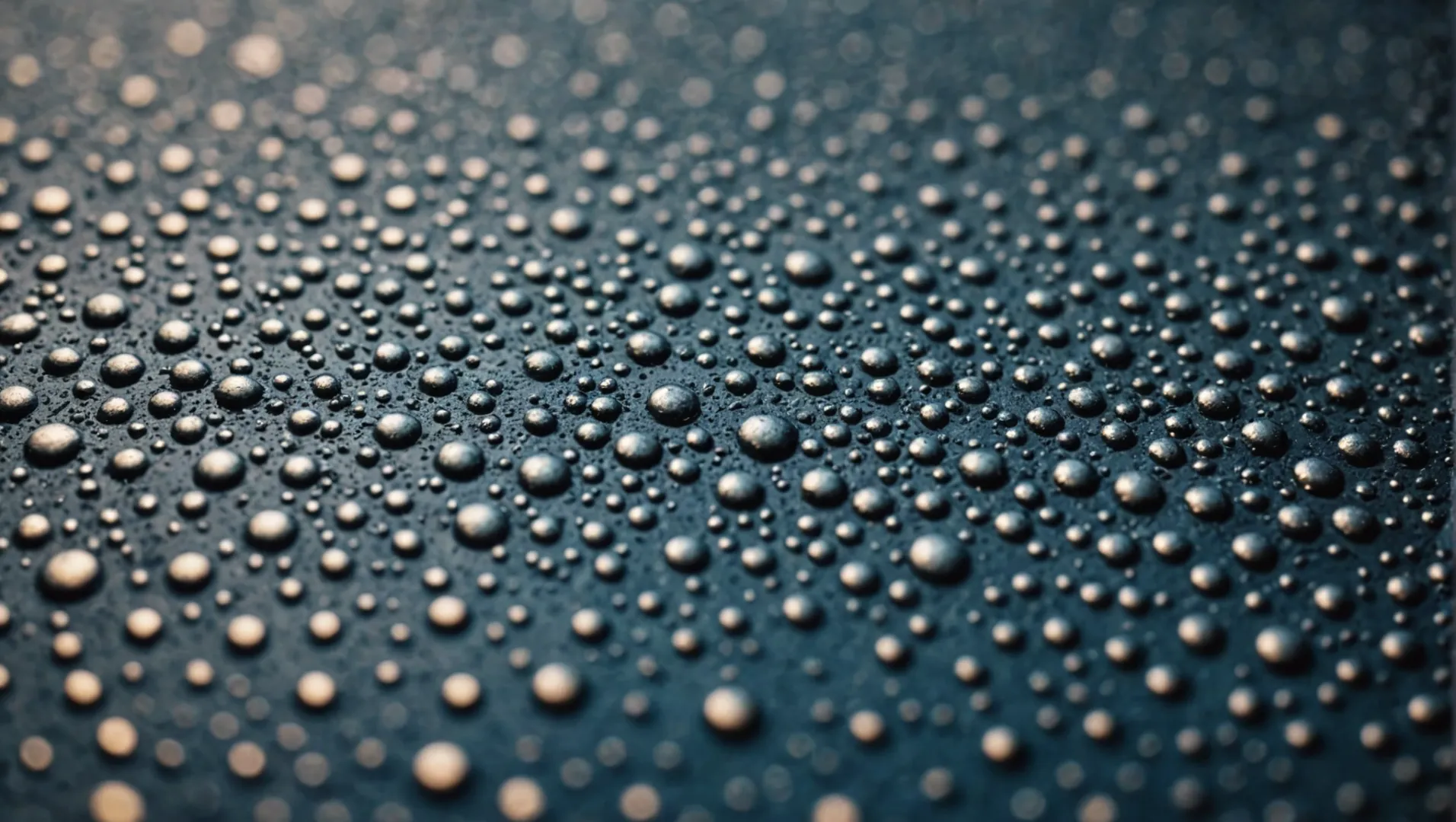
The Role of Titanium Dioxide in Anti-Corrosion Paints
In the realm of anti-corrosion3 paints, titanium dioxide plays a crucial role by enhancing the paint’s resistance to UV radiation and environmental degradation. This pigment is primarily used in its rutile form due to its superior ability to reflect UV rays, a property that prevents the breakdown of binders in the paint, thus reducing corrosion over time.
One of the significant advantages of using titanium dioxide in anti-corrosion paints is its opacity. By increasing the paint’s opacity, TiO₂ ensures better coverage and protection, which is vital for applications like marine paints where exposure to saltwater and extreme weather conditions is common. This characteristic helps maintain the integrity of the paint layer, shielding the underlying materials from corrosive elements.
Enhancing Durability and Longevity
Titanium dioxide also contributes to the durability and longevity of anti-corrosion coatings. When used alongside epoxy resins4, another staple in anti-corrosion formulas, it forms a tough, resilient coating that adheres well to metal surfaces. This combination not only provides an aesthetic finish but also protects structures such as bridges, ships, and pipelines from rust and wear.
Comparative Table: Properties of Anti-Corrosion Coatings with and without Titanium Dioxide
| Property | With TiO₂ Enhancement | Without TiO₂ Enhancement |
|---|---|---|
| UV Resistance | High | Medium |
| Opacity | Excellent | Moderate |
| Weather Resistance | Superior | Standard |
| Surface Protection | Enhanced | Basic |
| Lifespan of Coating | Prolonged | Average |
Industry Applications and Impacts
The use of titanium dioxide in anti-corrosion paints is widespread across various industries. Its ability to enhance protection5 makes it invaluable in the maritime sector, where vessels require robust coatings to withstand constant exposure to seawater. In construction, this pigment is integral for protecting steel structures against rust, ensuring safety and structural integrity.
Moreover, the pigment’s role extends beyond just protection. The addition of TiO₂ can also reduce maintenance costs over time by prolonging the intervals between repainting or repair tasks. Industries benefit from reduced downtime and enhanced asset longevity.
These multifaceted advantages highlight why titanium dioxide remains a staple in the formulation of high-performance anti-corrosion paints.
[claim claim=”Titanium dioxide increases paint opacity.” istrue=”true” explanation=”Titanium dioxide enhances opacity, improving coverage and protection.”]
[claim claim=”Titanium dioxide reduces paint UV resistance.” istrue=”false” explanation=”It actually enhances UV resistance, protecting against degradation.”]
Why Is Titanium Dioxide Essential in Automotive Coatings?
Titanium dioxide’s brilliance isn’t just for looks; it enhances vehicle coatings’ durability and efficiency.
Titanium dioxide is crucial in automotive coatings for its ability to improve opacity, durability, and UV resistance, which protect vehicles from environmental damage and maintain their aesthetic appeal over time.
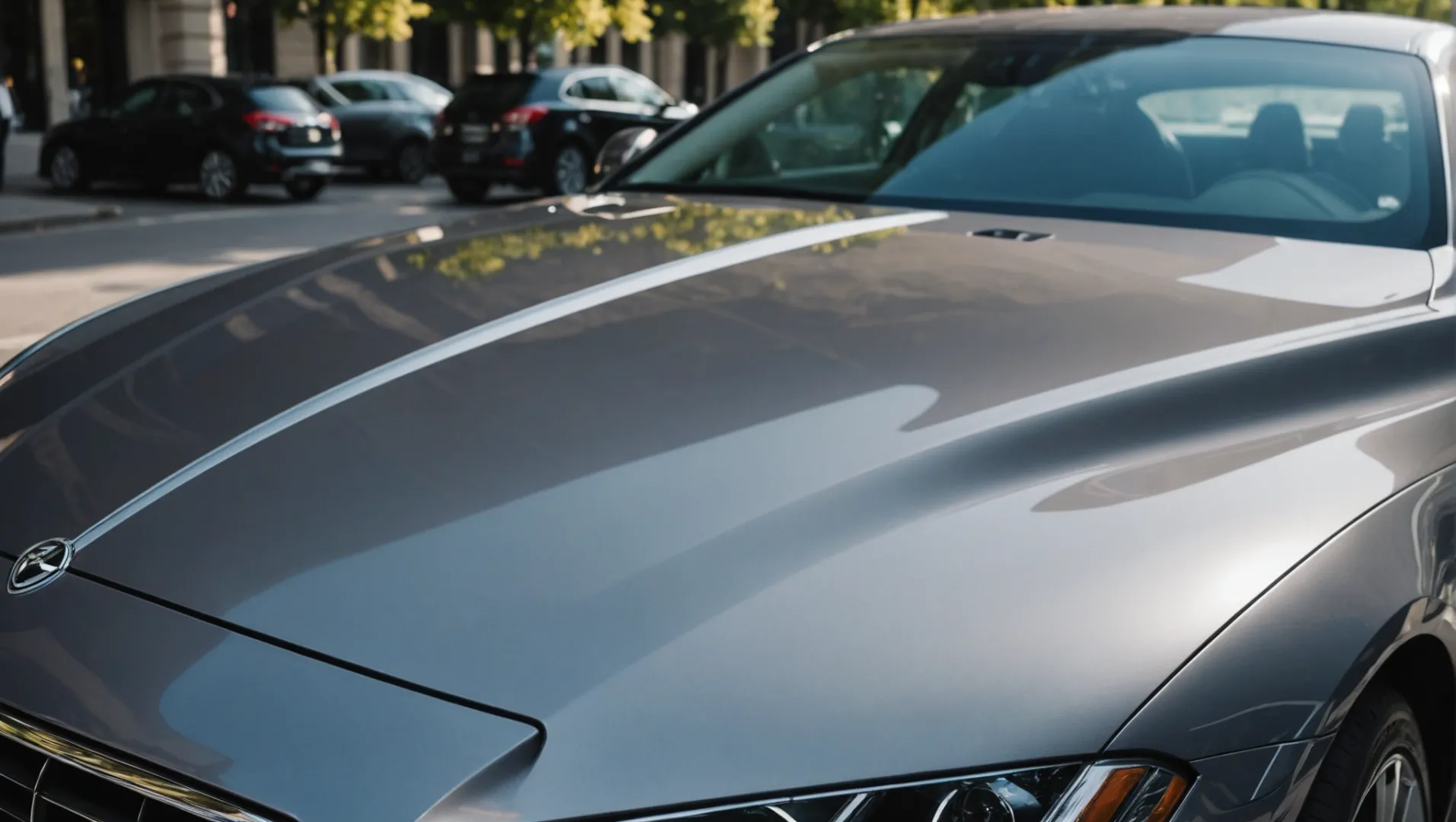
Understanding the Role of Titanium Dioxide in Automotive Paints
Automotive paints need to be durable, protective, and visually appealing. Titanium dioxide (TiO₂) is integral in achieving these properties, especially in high-end vehicles. Primarily, TiO₂ increases the opacity and whiteness6 of paint, allowing fewer layers to achieve the desired coverage, which is economically beneficial. Its high refractive index means it scatters light effectively, lending a lustrous finish to the vehicle’s surface.
Enhancing Durability and UV Resistance
One of the pivotal reasons TiO₂ is essential in automotive coatings is its capacity to enhance paint durability. It acts as a shield against ultraviolet (UV) rays. UV exposure can degrade paint over time, leading to fading and chalking. By incorporating rutile TiO₂, known for its excellent UV stability, automotive coatings can maintain their color and finish for extended periods.
The Economic and Aesthetic Benefits
In the automotive industry, aesthetics and cost-effectiveness are significant factors. Using imported rutile TiO₂ ensures that high-end automotive paints not only meet the visual standards expected by consumers but also offer longevity and protection. This balance between beauty and durability allows manufacturers to produce coatings that satisfy both consumer desires and economic constraints.
Comparing Grades: Rutile vs. Anatase
The type of TiO₂ used can vary based on the intended application. While rutile is preferred for its superior UV protection and durability, anatase may be used in specific lower-end applications where cost savings are a priority. The choice between these grades directly impacts the paint’s performance, making it crucial for manufacturers to select the appropriate type for their products.
| Property | Rutile TiO₂ | Anatase TiO₂ |
|---|---|---|
| UV Resistance | High | Moderate |
| Opacity | Excellent | Good |
| Cost | Higher | Lower |
Exploring Environmental Impacts
Although TiO₂ is celebrated for its functional benefits in automotive coatings, it’s essential to consider environmental impacts. The production of TiO₂ can be resource-intensive, raising questions about sustainability. However, innovations in manufacturing processes are aiming to reduce the environmental footprint of this vital pigment. Emphasizing eco-friendly practices can ensure that the benefits of TiO₂ do not come at an unsustainable cost.
[claim claim=”Titanium dioxide improves automotive paint opacity.” istrue=”true” explanation=”TiO₂ increases opacity, reducing the layers needed for coverage.”]
[claim claim=”Anatase TiO₂ offers better UV resistance than rutile.” istrue=”false” explanation=”Rutile TiO₂ provides superior UV protection compared to anatase.”]
Are There Environmental Concerns with Titanium Dioxide Use?
Titanium dioxide’s widespread use in various industries raises questions about its environmental impact and sustainability.
Environmental concerns surrounding titanium dioxide include its potential for water pollution and harm to marine life. While it offers benefits in product durability and aesthetics, its production and disposal can contribute to environmental stress. Researchers are exploring more sustainable practices to mitigate these impacts.
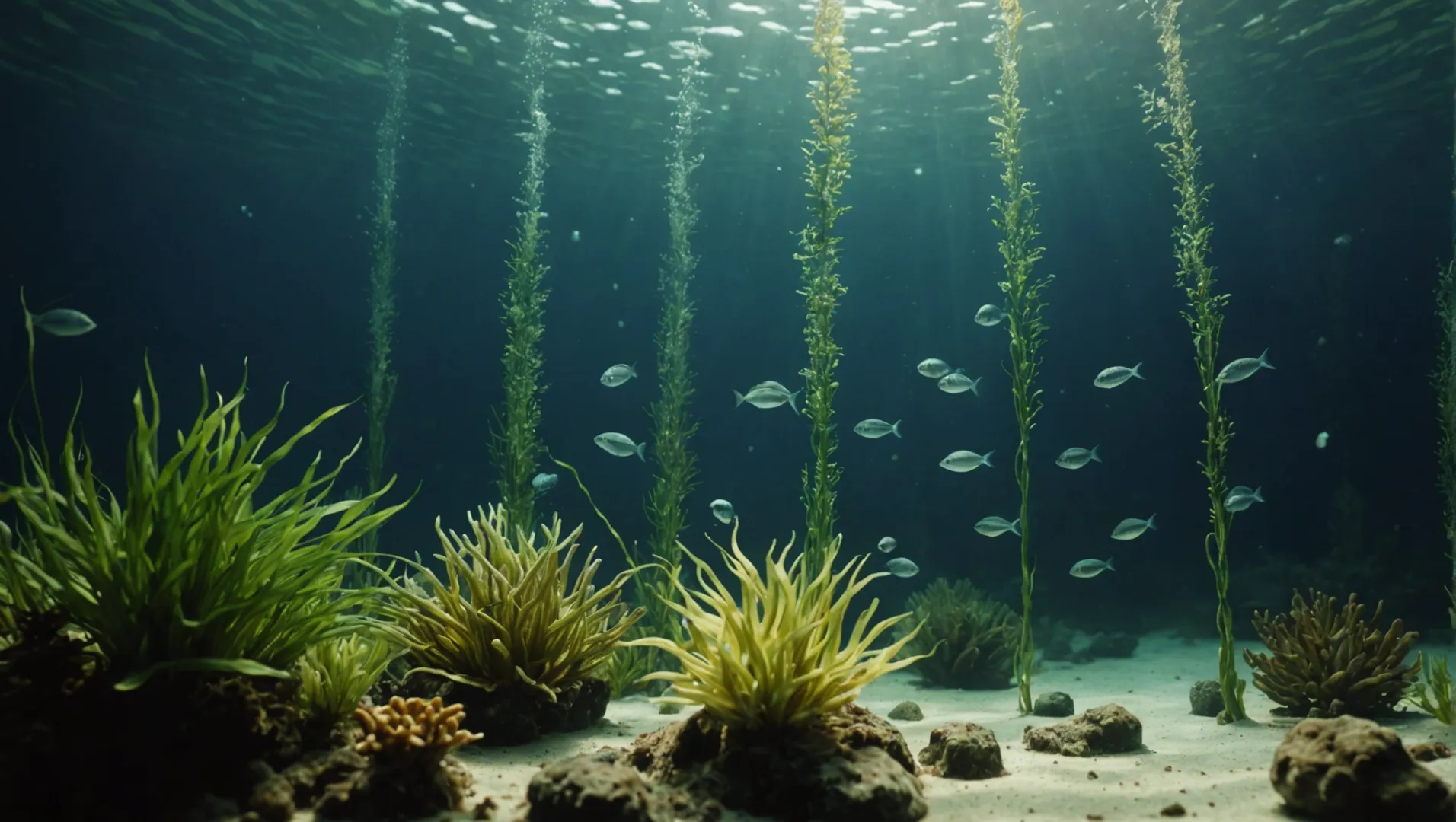
The Environmental Impact of Titanium Dioxide Production
The production of titanium dioxide (TiO₂) involves several processes that can impact the environment, including mining and refining. Mining can lead to habitat destruction and soil erosion, while the refining process often involves the use of chemicals that may result in harmful waste products.
Additionally, the production of TiO₂ can release greenhouse gases7 into the atmosphere, contributing to climate change. Efforts to improve the sustainability of TiO₂ production focus on reducing energy consumption and minimizing waste.
Water Pollution and Marine Life
One of the significant concerns is the potential for TiO₂ particles to enter waterways during manufacturing and disposal. These particles can cause turbidity in water, affecting aquatic life by reducing light penetration, which is crucial for photosynthesis in marine plants.
Research indicates that nano-sized titanium dioxide particles can be particularly harmful to marine organisms. These nanoparticles have been shown to cause oxidative stress and damage to cellular structures in aquatic species.
Steps Towards Sustainable Use
To address these environmental concerns, industries are adopting eco-friendly practices8. This includes using alternative materials that have a lower environmental footprint and developing recycling methods for TiO₂-containing products.
Manufacturers are also exploring ways to enhance the efficiency of TiO₂ applications, thereby reducing the amount needed without compromising performance. Moreover, advancements in green chemistry are paving the way for less toxic alternatives that can be used in coatings and paints.
In conclusion, while titanium dioxide is a valuable component in various industries, its environmental impact cannot be overlooked. Through innovation and adherence to sustainable practices, it is possible to balance its benefits with ecological responsibility.
[claim claim=”Titanium dioxide production releases greenhouse gases.” istrue=”true” explanation=”TiO₂ production involves processes that emit greenhouse gases, impacting climate.”]
[claim claim=”Eco-friendly alternatives to titanium dioxide are widely used.” istrue=”false” explanation=”While alternatives exist, they are not yet widely adopted across industries.”]
Conclusion
By understanding titanium dioxide’s multifaceted role in paints, we can make better choices and innovate responsibly. Let’s consider its impact on quality and sustainability in our future projects.
-
Explore detailed uses of TiO₂ in improving paint quality.: Our titanium dioxide (TiO₂) solutions for paints & coatings provide improved whiteness, brightness, colorfastness, durability, weatherability, & more. ↩
-
Learn about sustainability challenges associated with TiO₂.: High quality paints formulated with high TiO2 content have the lowest environmental footprint because fewer layers are required. ↩
-
Learn about the fundamentals of anti-corrosion paint.: 2. Thermal Cure Expoxy Coating. Thermal cure epoxy coatings offer some of the best anti-corrosion protection in demanding industrial settings. ↩
-
Discover how epoxy resins bolster anti-corrosion paint.: Epoxy resins are used in art to design paintings and jewelry, produce varnishes and create castings. Epoxies can be used to finish drawings, photos and pictures … ↩
-
Explore how TiO₂ enhances surface protection in paints.: Paints and Coatings: Titanium dioxide provides opacity and durability, while helping to ensure the longevity of the paint and protection of the painted surface. ↩
-
Learn how titanium dioxide enhances paint coverage and brightness.: In addition, these particles scatter light poorly and so can decrease the opacity of the pigment, although this is seldom a problem in com- mercial TiO2 … ↩
-
Learn about emissions linked to TiO₂ production and their environmental effects.: The scope of impact assessment considers the carbon footprint of TiO2 products, covering only GHG emissions and their direct contribution to climate change. … ↩
-
Discover sustainable alternatives reducing environmental impact.: Starch-based options are alternatives to replace titanium dioxide when functional opacity is required. Our Vegebrite® White is a rice starch-based alternative … ↩




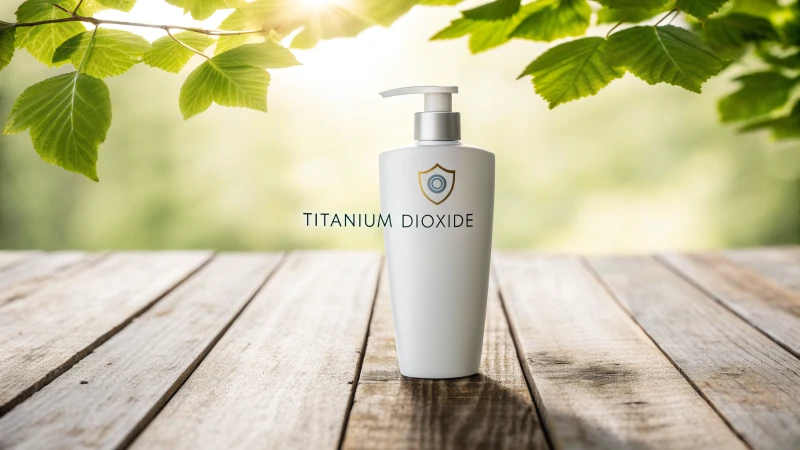
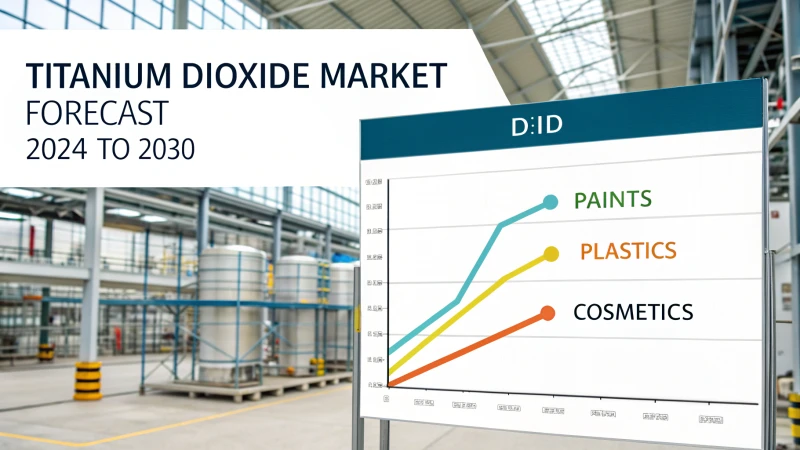
2 Responses
Dear, thank you for your feedback, we are supplier for titanium dioxide from China, have exported it to Iran this week, please leave your email, let’s we talk more.